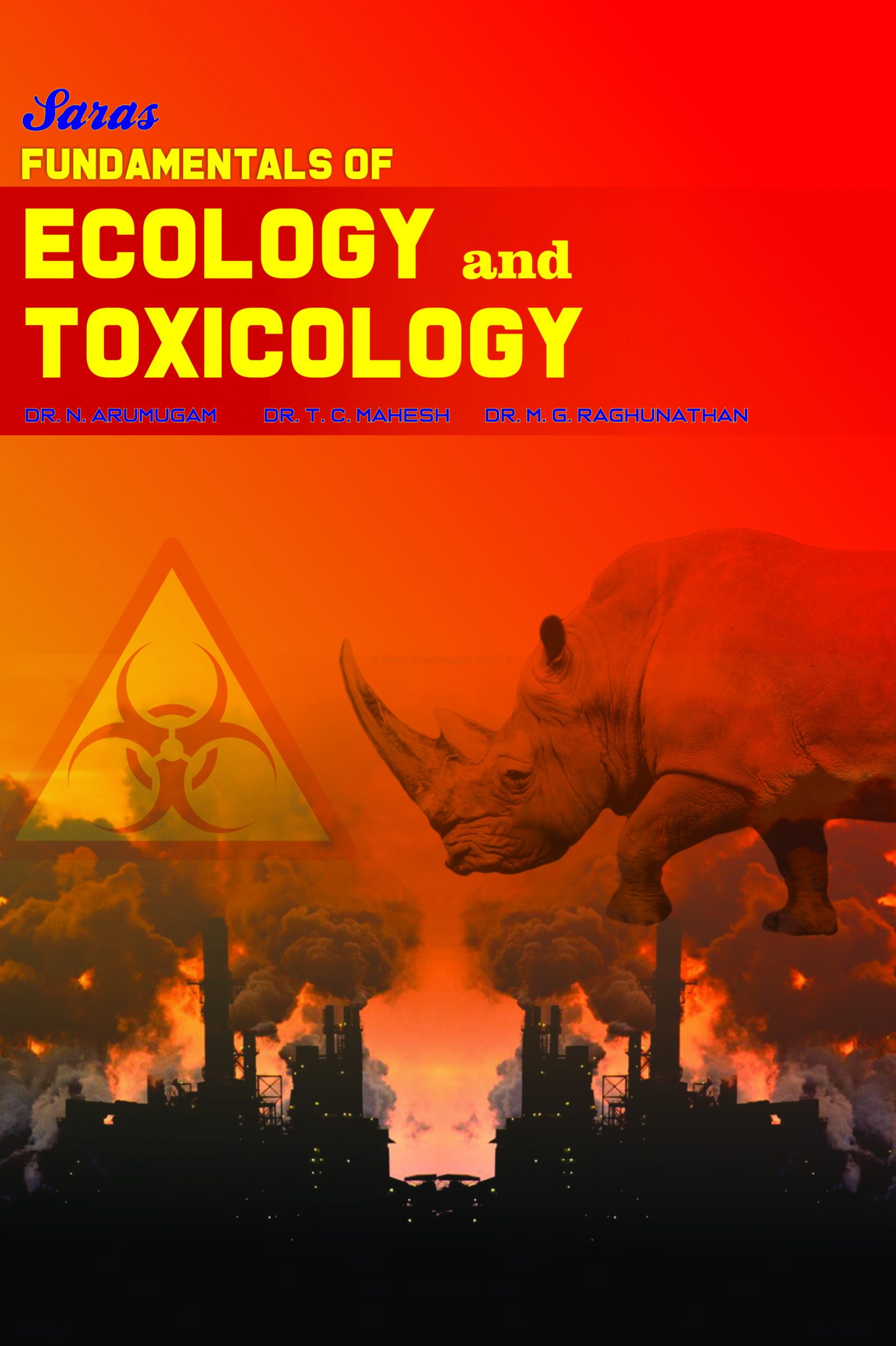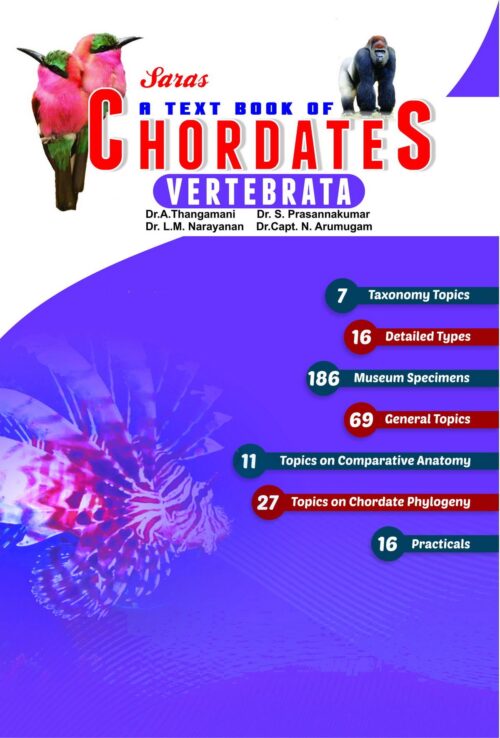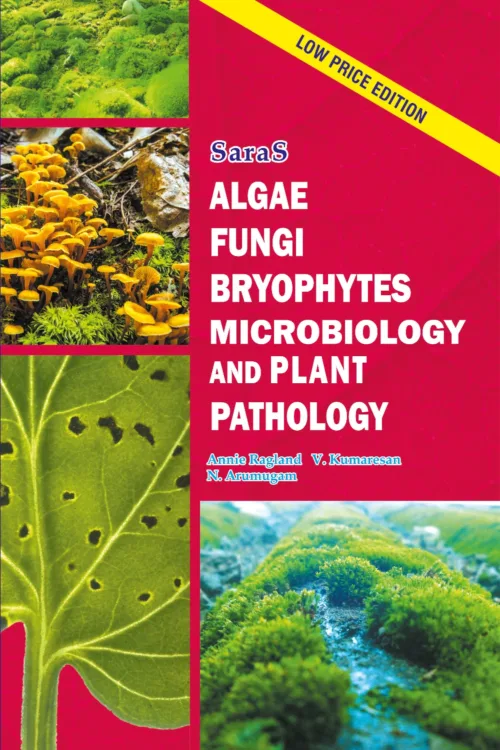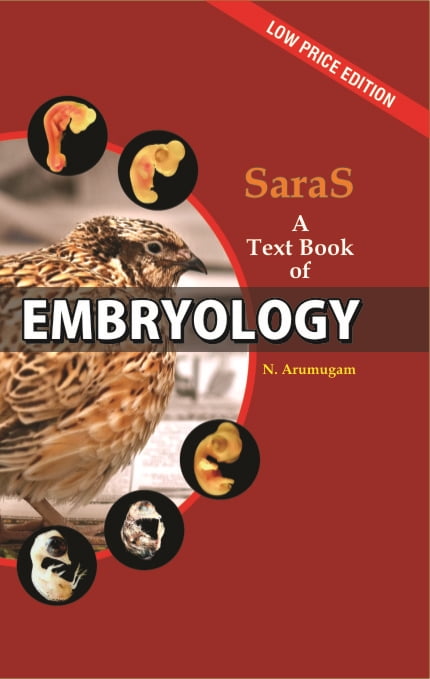Description
1. Introduction to Ecology 2. Environment 3. Abiotic Factors 4. Temperature 5. Light 6. Biotic Factors 7. Producers 8. Consumers 9. Decomposers 10. Ecosystem 11. Pond Ecosystem 12. Forest Ecosystem 13. Food Chain 14. Food Web 15. Trophic Levels 16. Energy Flow 17. Ecological Pyramids 18. Animal Relationships 19. Commensalism 20. Mutualism 21. Antagonism 22. Antibiosis 23. Parasitism 24. Predation 25. Competition 26. Population Ecology 27. Population Density 28. Natality in Population 29. Mortality in Population 30. Age Distribution and Age Pyramid 31. Population Growth 32. Population Equilibrium 33. Population Fluctuations 34. Regulation of Population Density 35. Animal Dispersion 36. Community Ecology 37. Concepts of Community 38. Community Stratification 39. Community Periodicity 40. Community Interdependence 41. Ecotone and Edge Effect 42. Ecological Niche 43. Ecological Succession 44. Desert Adaptations 45. Cave Adaptations 46. Wildlife Conservation 47. Endangered Species 48. Conservation Methods for Endangered Species 49. Sanctuaries 50. National Parks 51. Remote Sensing 52. Urbanization 53. Introduction to Toxicology 54. Toxicants (Toxic Agents) 55. Outline Classification of Toxicants 56. Mode of Action of Pesticides 57. Mode of Action of Metals 58. Mode of Action of Solvents 59. Mode of Action of Carcinogen 60. Mode of Action of Poisons 61. Environmental Toxicology and Public Health







Reviews
There are no reviews yet.